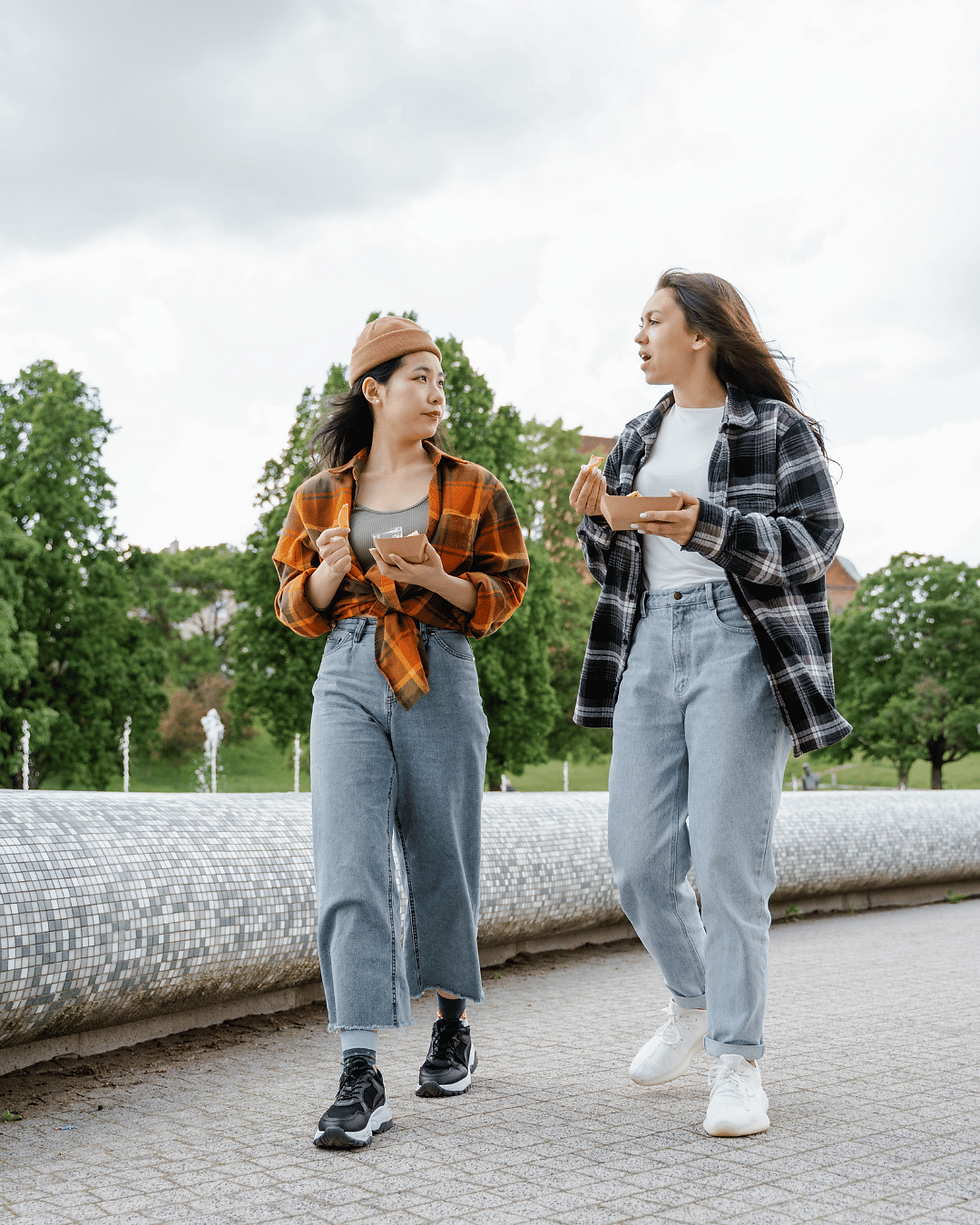Back to School
- staceypvphysio
- Sep 19, 2022
- 3 min read
With school supplies flying off the shelves and all the latest trends on display - it is back to school time! But this is not the only "back" that your local physiotherapist is concerned over! We also care about backpacks!

Backpacks are a popular and practical way for children and teenagers to carry their books, binders and supplies. When used correctly, these bags can be a fantastic way to carry the necessities of the school day. But with so much variety to choose from it can be easy to lose sight of what the child needs from their school bag and the true importance of these packs.
When backpacks are unsuitable for the child they can have negative effects. When misused they can contribute to overstretching of the body’s soft tissues, fatigue of the surrounding musculature, unnecessary strain on joints, and can contribute to sustained sub-optimal positioning. So how can you reduce this burden? It can be reduced by selecting a backpack that works for your child rather than against them.
When browsing for the right pack, look for the following features:
Consider the size
Always remember to fit the pack to the child and not the child to the pack. Ensure that the bag is not oversized to simply ‘carry more’ or permit ‘growing into it’. When being worn the bottom of the pack should rest comfortably in the contour of the lower back. It should also ‘sit’ evenly in the middle of the back and not “sag” into the buttocks.
And like the height, the width of the pack needs to be sized appropriately. The backpack should be no wider than the child’s body. If you have a child with a narrow torso - they need a narrow pack! This sizing will allow your child to be able to swing their arms freely while walking - helping them move better!
Assess the straps
Well padded and thick shoulder straps assist with distributing the weight of the pack to the child's entire upper body. This reduces stress. But their cushioning is not their only important feature to note - the straps need fit too! When being worn the shoulder straps should sit comfortably atop the shoulders. This allows the upper body to move freely and reduce strain. The straps should also not dig into the shoulders or surrounding musculature as this can create unnecessary points of compression.
And while “UNO” may be a fun card game, having a pair is better when it comes to straps. When backpacks are slung with one strap it disproportionately places all pressure on one half of the body. This makes it impossible for the child to walk and move in a symmetrical manner placing unequal stresses on all of the bones and muscles of the upper body (not to mention the hips and core!).
A further measure to equalize this load is with the presence of a waist belt or hip strap. These devices can help distribute some of the load to the pelvis and through the lower extremity. The legs and buttocks are filled with powerful muscles, so optimize their engagement!
Pad the back
While mesh may be breathable and canvas stylish, the presence of a padded back is important. This feature can reduce direct pressure on the spine. It is also useful to avoid items from within the pack from prodding and poking when the pack is being worn. Remember, pencils are best utilized for digging into paper!
Inspect pockets and compartments
While adding definite style points, having adequate compartments or pockets allows the weight of the bag to be evenly distributed. While it is recommended to place the heaviest item in the central compartment, side compartments prevent concentration in the middle of the pack which can cause sagging down.
All things considered, if you need further help choosing and fitting the right backpack, call us at 1-204-325-8555 or select the "Get In Touch" button to schedule an assessment with one of our physiotherapists. Prevention is better than reaction!




Comments